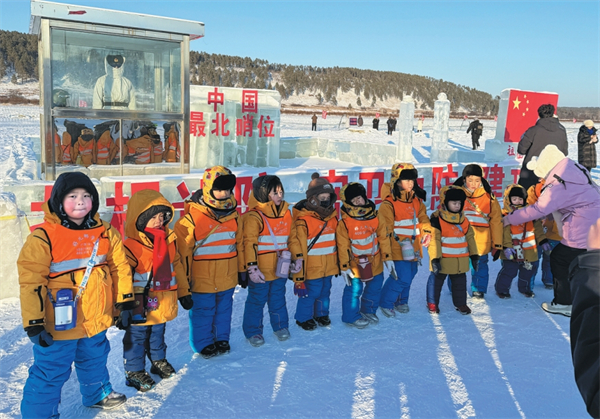Home>Harbin Today
Ruins of Unit 731 prepared for world heritage status
Updated : 2014-04-08
By ( Xinhua )
China plans to protect a major site of Japan's germ warfare during WWII in the northeastern city of Harbin, the latest move toward getting it listed as world heritage.
The plan, which replaces one formulated in 1999, aims at better preserving, managing and displaying the ruins of Unit 731, and preparing it for inscription on the UNESCO World Heritage List, said Song Jiqing, head of the ruins protection department of the Museum of War Crime Evidence by Japanese Army Unit 731.
Twenty-seven national key relics in the ruins will be divided into six parts, covering about 170 hectares. The plan, approved by State Administration of Cultural Heritage, also specifies short, medium and long-term protection, management and use of the remaining ruins within six parts.
China will map out a conservation and management plan for the site of Unit 731 before 2020 to help it be included on the world heritage list.
"The plan is a prerequisite for a site to be listed," said Yang Yanjun, head of the International Research Center for Unit 731 Issues, Harbin Academy of Social Sciences.
Unit 731 was a biological and chemical warfare research base established in Harbin in 1935, and center of Japan's biological warfare in China and Southeast Asia during WWII. At least 3,000 people were killed in experiments there. As the world's largest ruins of germ warfare research, the site of Unit 731 is of outstanding historical and educational value.
The ruins of Unit 731 were included on China's tentative list of world cultural heritage sites in 2012.

Harbin ramps up childcare services
A new comprehensive service center for childcare in Harbin is expected to be finished by the end of the year.
-
Talent policies drive enterprise development in Harbin
Harbin's "30 New Talent Policies" represents an iterative upgrade to the talent policy system, helping attract and retain talent to bolster economic and social development.
-
Official website of 2025 Asian Winter Games goes live
Harbin, the host city of the 9th Asian Winter Games, has announced that the official website for the 2025 event has recently gone live.
-
Harbin launches measures to facilitate more foreign trade
In the first three quarters of 2023, the total import and export value of Heilongjiang province's goods trade hit 218.22 billion yuan.





